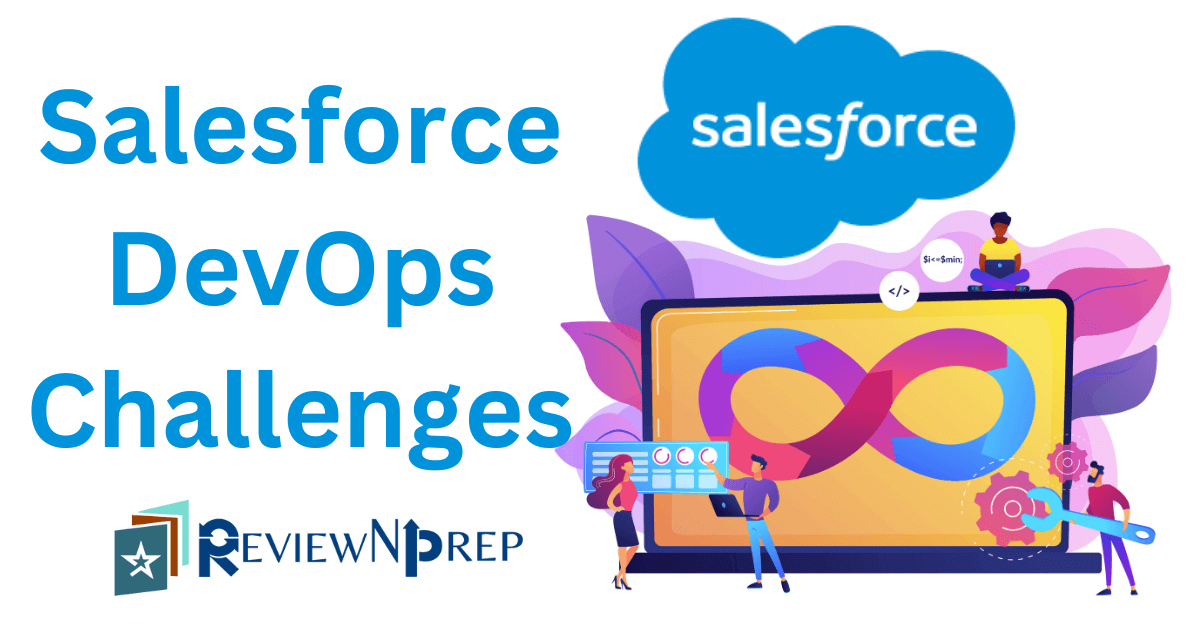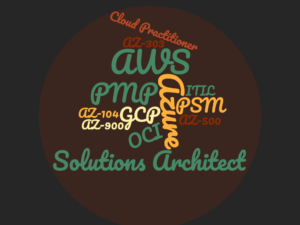|
|
Salesforce DevOps is a process of integrating software development and IT operations. It improves the quality, speed, and agility of software development by combining the best practices of both disciplines.
Salesforce DevOps is a very different way of building applications. Admins and low code developers can use builder tools like app builder flows and schema builder to create applications without having to write code. This makes it much faster and easier to create applications.
On the other end of the development spectrum are the pro-code developers who use the Salesforce Apex, Lightning web components, Heroku, or web APIs to build services and large-scale applications. This creates adoption challenging when compared to building an application outside of Salesforce. In Salesforce, you have to optimize the process so that every persona becomes a part of it.
However, even with the right tools, there are still challenges with Salesforce DevOps adoption. Let’s discuss them in detail.
Table of Contents
Salesforce DevOps Challenges
Complex Salesforce Ecosystem
One common challenge when doing DevOps development with Salesforce is managing complexity. Because the software is complex, it can be difficult to understand and manage all of the different elements. Additionally, Salesforce being Software as a Service (SaaS), is constantly evolving, so it can be challenging to keep up with changes.
To overcome these challenges, it’s important to have a well-defined plan and consistent communication with your stakeholders.
Lack of Skills In Salesforce Low Code Developers
There is a lack of understanding of Version Control Systems and GIT among Salesforce administrators and business consultants. Additionally, there is also a lack of understanding of Salesforce Metadata. This lack of knowledge prevents individuals working on Salesforce from adopting DevOps.
Providing comprehensive training on Version Control (Github, Gitlab, or others) and Salesforce Metadata can help low code developers bridge the skill gap. By gaining a better understanding of these tools, low-code developers can improve their productivity and work more efficiently.
Branching Strategy Can Be Difficult
It can often be a challenge for Salesforce developers to keep their branch in sync with their org. If a low code developer or a consultant makes a quick change in one of the sandboxes, those changes will not be reflected in the branch, causing the branch and org to become out of sync with each other.
This can be avoided by every individual working on Salesforce using a revision control system like Git or Bitbucket. This will ensure that changes are always reflected in the branch and organization.
Build Automation Can Become Complex Over Time
Automating builds can be an effective way to improve the quality of your code and to catch errors early. In big organizations, the number of components in the system increases exponentially over time which affects efficiency. In this case, having a single main branch becomes difficult and you have thousands of branches over time. This can lead to a lot of work maintaining and syncing all the branches, which can be difficult for customers to resolve. Additionally, if build automation is not configured properly, it can cause outages.
To prevent this from happening, it’s important to have a well-defined policy for automating builds and test runs. Additionally, it’s essential to have monitoring in place so that you can identify when there is an issue with the automation.
Lack of Governance
In some organizations, even if there is buy-in from the leadership, the lack of governance can prevent Salesforce DevOps from taking off. Without proper governance, it’s difficult to track the progress and ensure that all the stakeholders are on the same page.
A common way to solve this is to have a dedicated release manager. A dedicated release manager helps build a release calendar, helps manage interdependencies between teams as well as efficiently maintains a list of changes between environments. The release manager can also communicate with the business users to ensure that they are aware of upcoming changes. With proper governance, Salesforce DevOps can become more successful.
Conclusion
Overall, Salesforce DevOps challenges are often due to a lack of understanding or unfamiliarity with the tools and processes involved in developing software with Salesforce. By leveraging training, Version Control Systems, and Continuous Integration/Continuous Delivery (CI/CD) tools, these challenges can be overcome.
If you’re looking to take your development efforts to the next level, look into Salesforce DevOps. It can make a huge difference in the speed and quality of your software development work.

